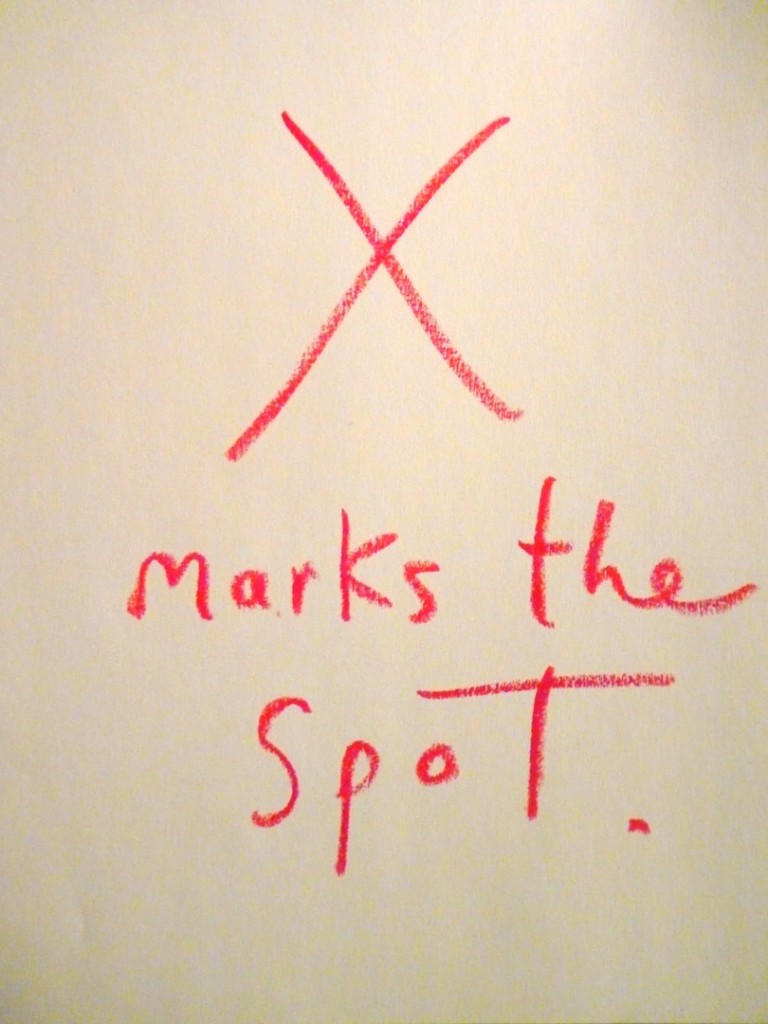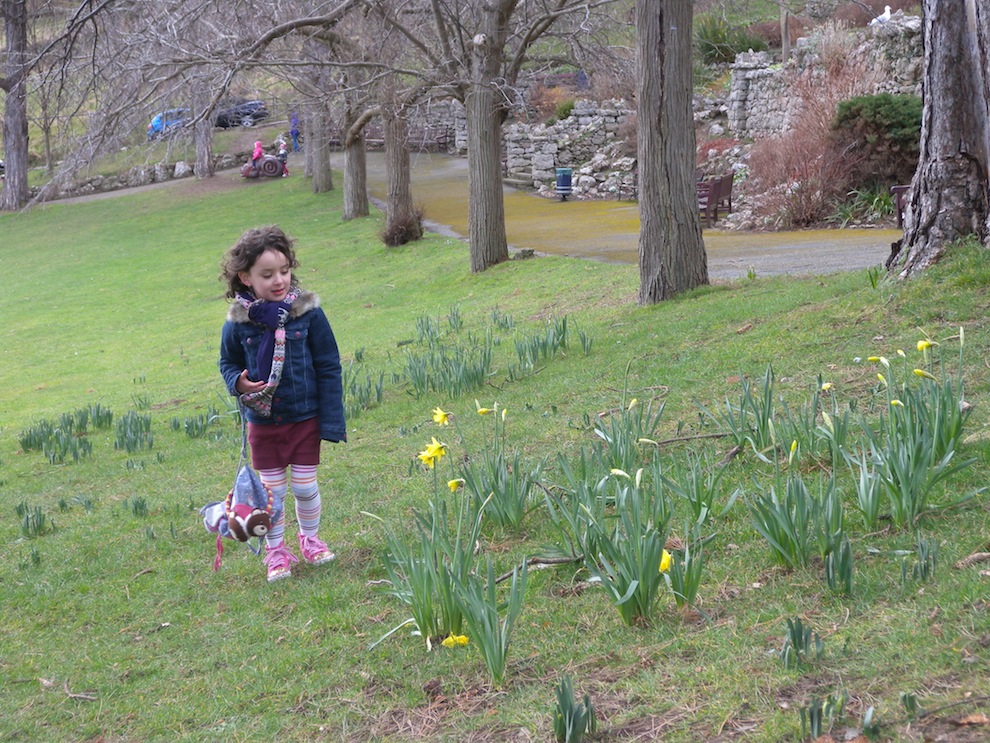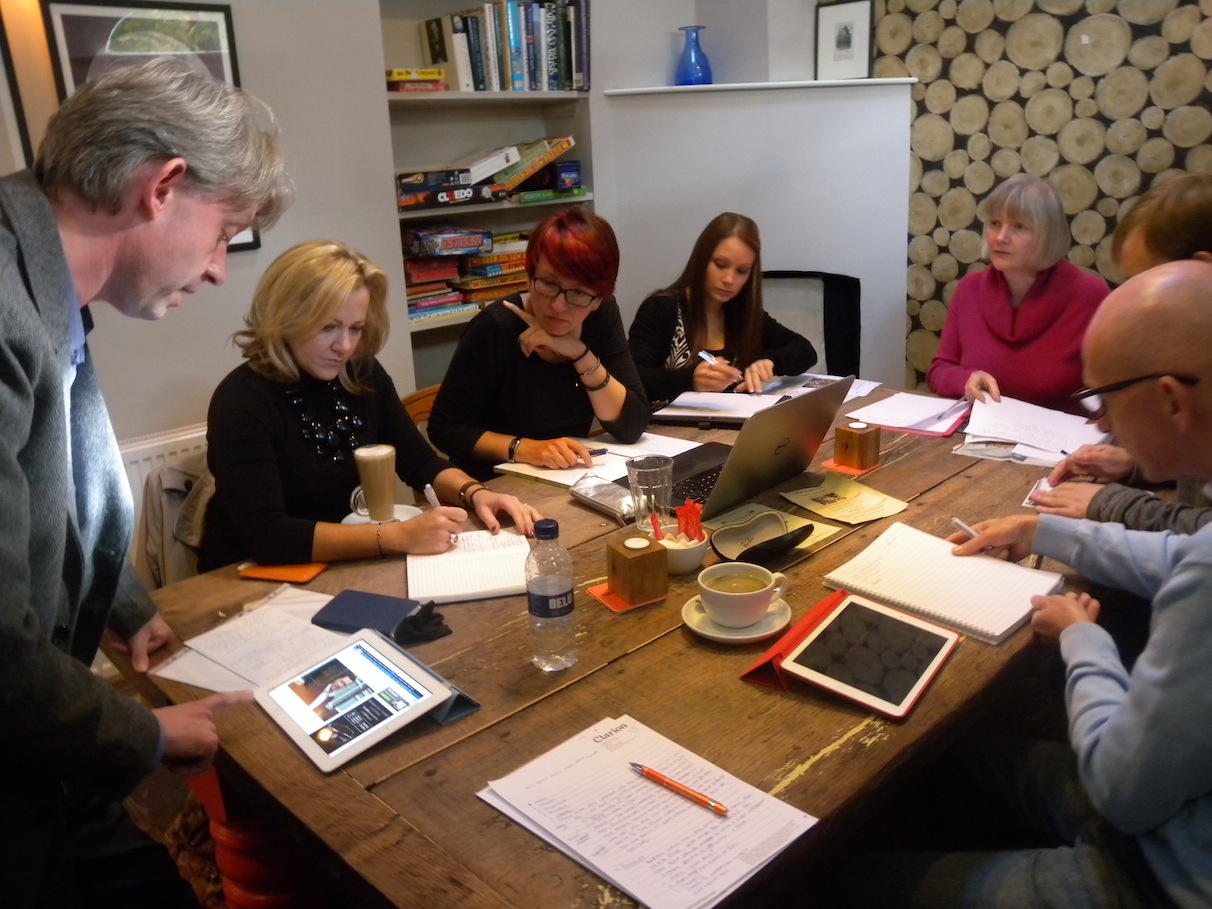
(image via outofthechrysalis.com)
I was floored by an X recently.
It was just one letter but its arrival stopped me dead in the corridor, late for class and gasping for air amid the tumult of the past week.
I hadn’t expected the X. Worse still, I feared it was a perfunctory one, tossed in at the end of the text message out of a sense of habit or duty.
It was an extraneous X.
Since then I’ve been increasingly vexed by valedictions.
From a birthday card X to a Twitter RT, via a text message XO, I’ve been struggling to sign off.
Yours, regards, best, cheers – the array is bewildering enough. Add in the affectionate-letter dimension, worse still an emoticon, and I’m treading a linguistic minefield, verbal ordinance exploding around me as I stumble through.
“It is,” as the poet and professional Yorkshireman Ian MacMillan explains, “sign-off chaos out there.”
We often struggle with endings. We don’t like signing off too abruptly, appearing cold or aloof, yet an overly familiar autograph also can also feel wrong. Do you X your commissioning editor in the same way as a favourite aunt? Would you use ‘yours’ with your dad?
And, if you X but get no X back, the missing letter speaks louder than any awkward silence, or tense drive home.
The cadence of the last line can lift spirits or rain on parades. It sets an agenda.
The Observer tackles the issue in terms of gender politics. Among Twitter users, 11% of women XO in tweets, compared with only 2.5% of men, it reports. The columnist Eva Wiseman suggests:
“Women … will read an X-less email as curt and stern.”
So has the time come to rewrite the rulebook for the new forms of correspondence we have to grapple with each day, a new lexicon for a black-mirror age? And just what is the etiquette for exchanging suitably knowing pay-off lines to selfies on Snapchat?
I looked to the literary world for guidance.
Armitstead Maupin, the writer and doyen of West Coast liberalism, enthuses about “hugs” but also often signs off with XO (the O of the hug softening the kiss of the X, he explains). But more than one XO, he warns, and that turns an affectionate coda into a clumsy attempt at a French kiss.
A prolific letter writer, Charles Darwin was often distracted from penning his 1859 tome On the Origin of Species by wrestling with the nuances of signing off affectionately in an era of starched Victorian sensibilities.
When our feelings change in a relationship, we face a valedictory dilemma. Darwin reflected this in his missives.
Writing to his wife Emma, Darwin describes the lancing of a particularly pustulant boil and his subsequent recovery, laid out on a sofa “groaning and grumbling, and reading the Last Days of Pompei.”
This, he writes, gave him time to reflect fondly upon “My own dearest, tenderest, best of wives.” He adds: “My dearest. I kiss you from my heart.”
As Alison Pearn, Associate Director of the Darwin Correspondence Project explains:
“It takes great skill to write a letter about your boils and yet make it sound hopelessly romantic.”
Darwin’s favourite sign off was ‘Yours affly’, an abbreviation for ‘Yours affectionately’.
I might just try it next time. But for now, back in the corridor, I simply delete the text message, head for class and try to swallow down the nausea of what feels like a hollow, not heartfelt, X.
There is, after all, nothing more tragic than an X from an ex.
Your view? Post below.
Gazetteer
Darwin Correspondence Project
The Verb
The Observer: The joy of x in texts, tweets and emails


